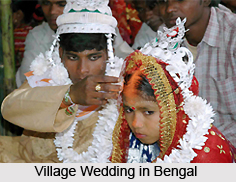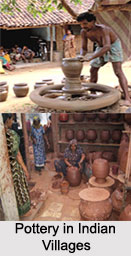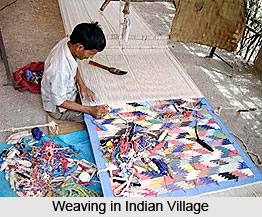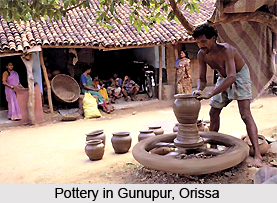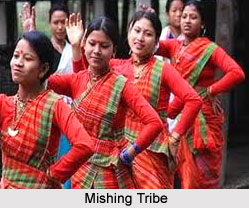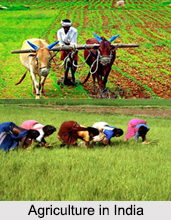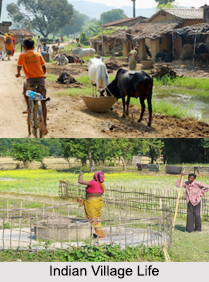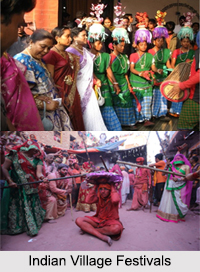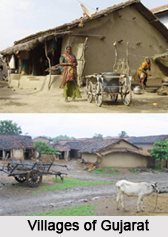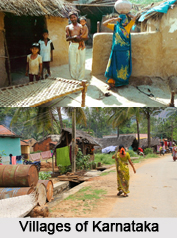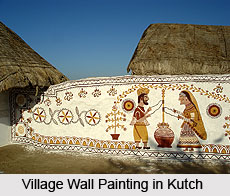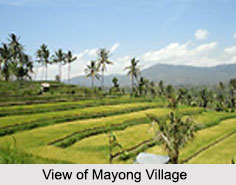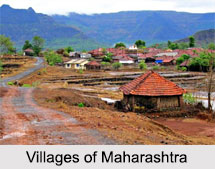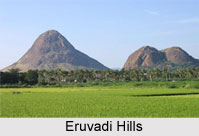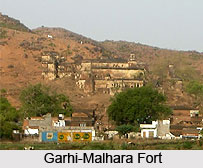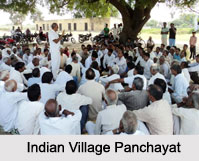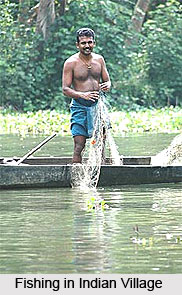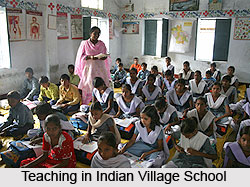 Teaching has always been considered a noble profession in India. Many people in the cities and villages in India are engaged with this profession. They have taken the responsibility to build the backbone of India, as education is the most important aspect in every sphere of life. The rural population of India receives education from the governmental and non-governmental schools established in the villages. The educated people in the villages are usually involved with teaching in these schools. Teaching in Indian village schools is considered one of the most respectable occupations. The teachers usually hold a position of respect and honour in the villages of India.
Teaching has always been considered a noble profession in India. Many people in the cities and villages in India are engaged with this profession. They have taken the responsibility to build the backbone of India, as education is the most important aspect in every sphere of life. The rural population of India receives education from the governmental and non-governmental schools established in the villages. The educated people in the villages are usually involved with teaching in these schools. Teaching in Indian village schools is considered one of the most respectable occupations. The teachers usually hold a position of respect and honour in the villages of India.
In the ancient period, teaching in the Indian village schools was done by the Brahmins, who had the Vedic knowledge. They used to teach the children about the religious texts like Veda, Upanishads, Ayurveda, Sanskrit literature, etc. They used to teach the students by keeping them in their own houses. This was called the Gurukul System. With the inception of Muslim era in India during the medieval period, the teaching pattern in Indian villages changed a bit. The Madrashas came into existence during this period and the children started to get lessons about Islam religion and Arabic literature from the Moulanas. The British period saw the establishment of missionary schools in the Indian villages where the teachers gave lessons about Christianity and English literature.
In the contemporary period, there are numerous schools established in the Indian villages to provide education to the children. Both primary and secondary schools are established in the villages. While most of the schools are governmental, there are many that are run and managed by the private organisations. Many people are involved in teaching in Indian village schools. The teachers in the government schools are appointed by the governmental authorities, while the private school teachers are appointed by the schools` management committees. There are also a few schools in Indian villages that are run by only one person.
The children get lessons about many subjects including the science, arts and commerce subjects. The children are also given basic lessons about agricultural science and home science in the schools. Teaching is a good opportunity for the educated people of the village to further nurture their education and build a well-educated society for a better future.
India has a high rural literacy rate among all the countries in the world. The teachers in the village schools are to be given the credit for this impressive literacy rate. Teaching in Indian village schools is being given more and more importance by the governmental authorities in the recent years. The government is also sending the young educated people in the urban areas to the villages as volunteers to teach the underprivileged villagers. All these are being done to further improve the educational status of rural India.
